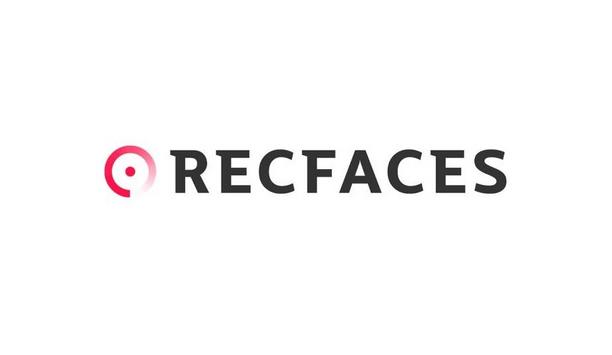What elements make an effective video system user interface?
Editor Introduction
One of the things all security systems have in common is that they depend on human operators, to one extent or another. But how often is the human factor overlooked in product design? Sometimes, more focus is aimed at increasing the functionality of a system, even at the expense of usability. That’s how we get systems that have more capabilities, although accessing that functionality may be hopelessly complex. Creating effective graphical user interfaces (GUIs) is an ongoing challenge for the security market, and the consumer market, with its iPads and smart phones, has raised the expectations bar. We asked this week’s Expert Panel Roundtable: What elements are required to make an effective video system user interface?
When it comes to the user interface of any system, ease of use is important. The only way to design a good user interface is to properly understand who the users will be and their respective knowledge levels. We typically see four types of surveillance user personalities: passive (homeowners or small offices), occasionally active (retail businesses or office buildings), active (banks or cities) and high-security (airports, hospitals, prisons). When it comes to security and surveillance systems, it is critical to understand that users can be very different depending on the size of the system, segment and threat level.
The Graphical User Interface (GUI) is a critical part of the operation and management of a video surveillance system interface. Aside from table stakes features such as simple and easy set-up and management, auto-camera discovery, and alarm management and investigation, among others, the GUI should be highly intuitive and easy to use. While there is always some amount of training involved with any video surveillance system, the most effective GUI ensures users can easily navigate the controls without requiring deep IT expertise. In addition, because turnover in surveillance command and control operations can be fluid, it’s advantageous to standardise GUI environments in order to minimise training requirements and make it as easy as possible to learn and manage.
Users are various: installer, guard, manager, maintenance, etc. Cameras’ “installer” menus have us at night, high on a cherry-picker, video monitor in hand, reaching behind to navigate tiny push-buttons. Not easy or safe. Wireless to smart phone anyone? Analogue cameras gave 1Vpp to check on oscilloscopes but IP cameras fail to emulate this important test. They seem designed by people who never have to use them in real life. Maintenance tools seem scarce too. Technicians know time is money when programming and fault-finding VMS and video recorders. Unfortunately, many interfaces lack easy repetitive-settings tools. Owners are often less technical and want “iPad” simplicity but few CCTV interfaces go beyond clunky “battleship grey” styles. Good computer interface design is already a very mature science helping Mk1 Humans deals with interactive websites, apps, smart homes, etc. so why are so many in the CCTV industry slow to adopt? Reluctance to invest beyond the cheapest?
Make the complex simple! For years now customers have been challenging manufacturers to make their complex systems simple, albeit without compromising on features. Customers now want the same experience they get at home when they get to work, whether it’s smart home technology, cloud storage or simply the experience they get on their smart phone. The struggle for manufacturers is to provide complex features in a simple way, providing top-notch security and ensuring that the customer can still maintain the system. This is one of the reasons ONVIF has focused on standardising some of the complex elements of building a security system. Doing so enables manufactures to focus on the user interface and the features that make their system unique. ONVIF helps to make the complex simple, while maintaining security and interoperability for the customer and enabling them to spend less time on navigating complex systems.
The first step in creating a winning user interface is to understand what the end user needs to accomplish using the system day-to-day, and then to optimise the interface for those tasks. The best user interfaces I have created came about from a process where we started with a group of end users with a whiteboard and talking about what they needed to do with the system. A user interface for a command-and-control operator who is doing real-time monitoring is significantly different than one designed for an investigator using the system to root out employee theft. As with so many things, understanding the target audience for an application and then getting real end users involved early are crucial keys to success.
Editor Summary
Ease of use is an important consideration, but how do we get there? Our Expert Panelists provide plenty of suggestions. But more urgently for video system end users, the better question might be: When do we get there? The market may be seeing progress on the usability front, but there is always room for improvement. Based on their experience in the consumer market, end users expect systems to be easier to use than ever.
- Related categories
- CCTV software
- CCTV cameras
- IP cameras
- Network video recorders (NVRs)
- Storage












